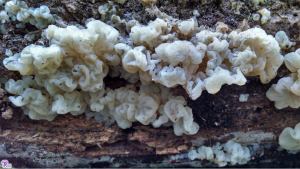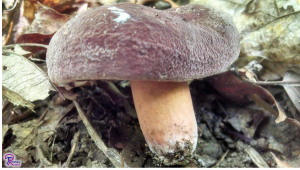#028: Mushroom Morphology: Boletes
The bolete morphology is one of two morphologies characterized by a hymenium (spore-bearing surface) covered with pores. Although boletes and polypores share this characteristic, the similarities end there. In fact, they look different enough for them to be commonly referred to by to different names. Boletes always share the following characteristics: the stipe (stalk) is central, the hymenium is on the underside of and is distinct from the pileus (cap), the pore surface easily separates from the pileus, the pore tubes are relatively long, and the flesh is fleshy to tough. From above, boletes tend to look a lot like agarics. However, bolete caps are often cracked or eaten away, making it possible for experienced mushroom hunters to tell boletes and agarics apart without picking them up. Most boletes are mycorrhizal with trees, so boletes are usually found growing on the ground around specific trees. Polypores never share all of...







![#011: Characteristics of Kingdom Fungi [Archived]](https://www.fungusfactfriday.com/wp-content/themes/hueman/assets/front/img/thumb-small-empty.png)


